Mexico ranks among the top travel destinations due to its vibrant culture, delicious cuisine, and rich history. While many visitors flock to all-inclusive resorts for a beach getaway, Mexico boasts a treasure trove of historical landmarks, stunning landscapes, and pristine beaches. There’s a reason we’ve returned so many times! Let’s explore some fascinating facts about Mexico that will deepen your understanding of this incredible country. Read on to discover surprising information about Mexico!
Interesting Mexico Facts
Located in the southern part of North America, Mexico shares a border with the United States to the north, and Guatemala and Belize to the south. To the west lies the Pacific Ocean, which provides a stunning coastline along the country’s western side.
Meanwhile, to the east, the Gulf of Mexico and the Caribbean Sea contribute to Mexico’s extensive eastern coastline. With such diverse geography, Mexico serves as a cultural and geographical bridge between North America and Central America.
1. Its Name Is Not What You Think
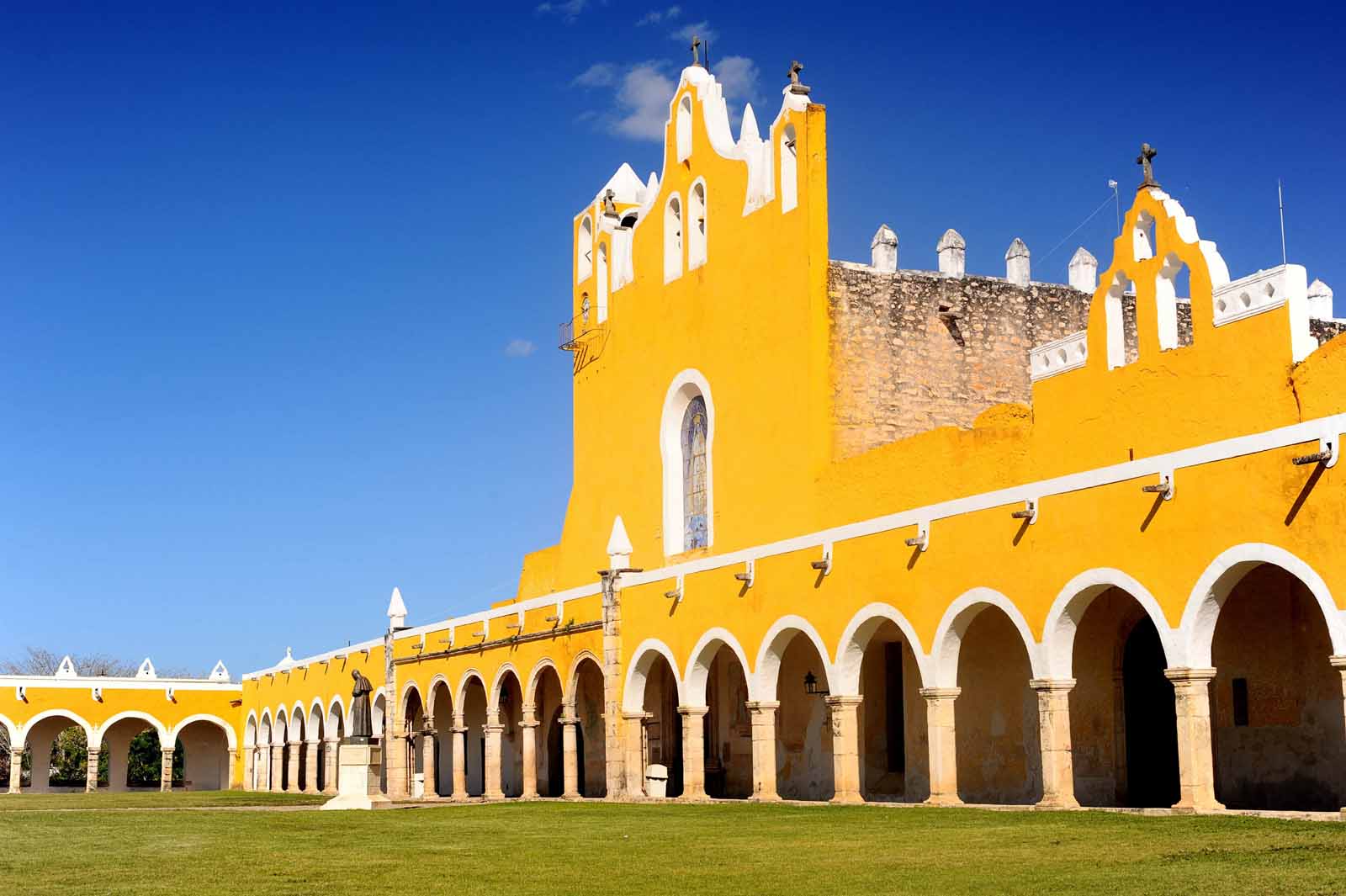
One surprising fact about Mexico is its official name: the United Mexican States, or Estados Unidos Mexicanos. Just like the United States, Mexico is divided into states, comprising 31 states and one Federal District. Each state has its own police force, regulations, and laws.
The Federal District, or Distrito Federal, was historically the capital of Mexico. Many people assume that Mexico City has always served as the capital, but this status was only formalized in 2016.
This can be confusing since Mexico City’s metropolitan area is located within the Federal District, and only residents of the Federal District are technically considered to live in the capital.
2. Mexico Is More Than a Beach Destination
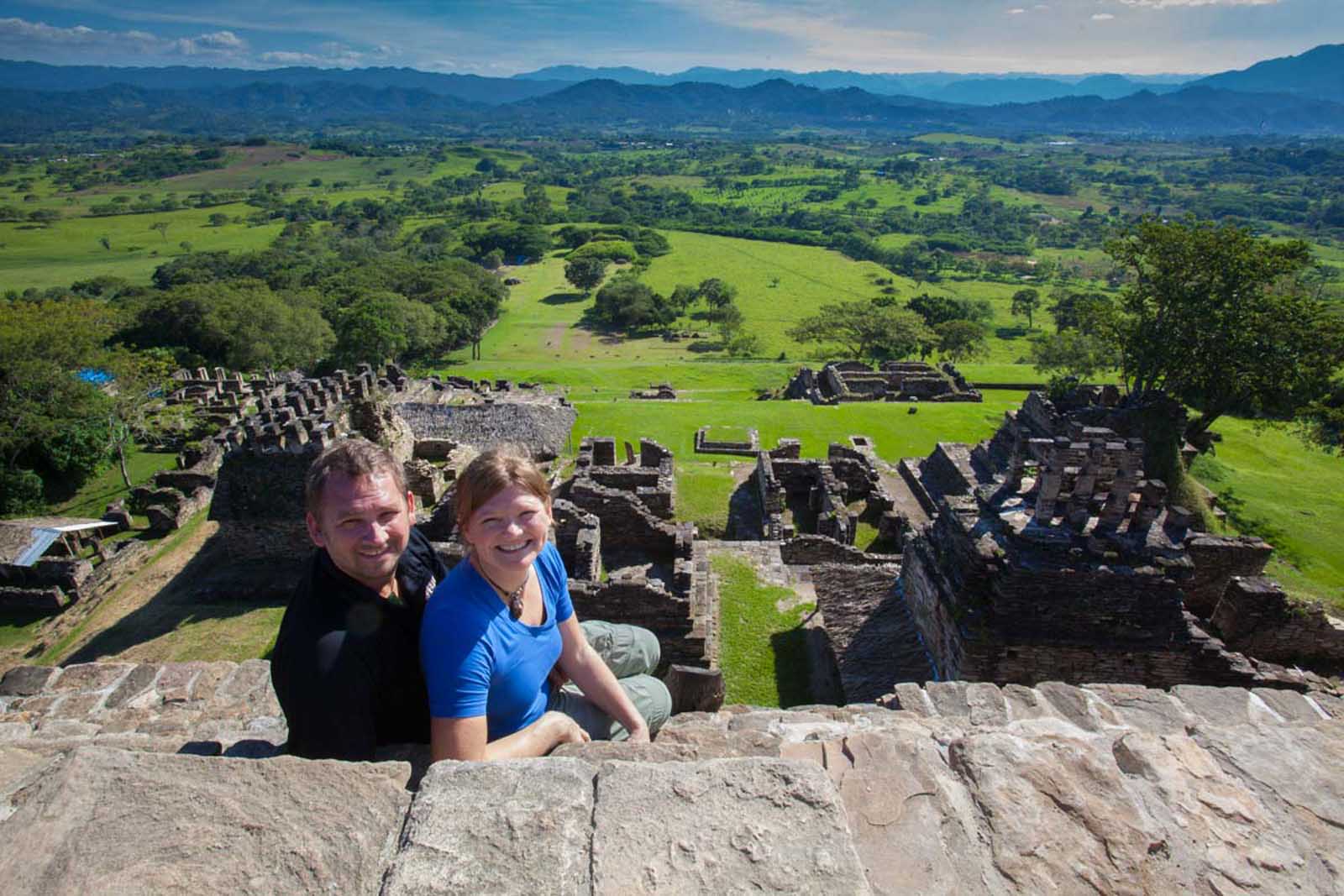

While many travelers head to Mexico primarily for its beautiful beaches, the country is rich in history and culture. It is home to 34 UNESCO World Heritage Sites, with prominent historic centers like Mexico City, Puebla, and Guanajuato. Moreover, Mexican cuisine has earned UNESCO recognition as an ‘Immaterial World Cultural Heritage,’ highlighting its cultural importance.
Additionally, Mexico features a wealth of ancient ruins, with Chichen Itza and the agave fields of Tequila standing out as the most renowned. It is also situated in the circum-Pacific Belt, commonly known as the “Ring of Fire,” an area noted for its earthquakes and volcanic activity.
3. Home to the World’s Smallest Volcano
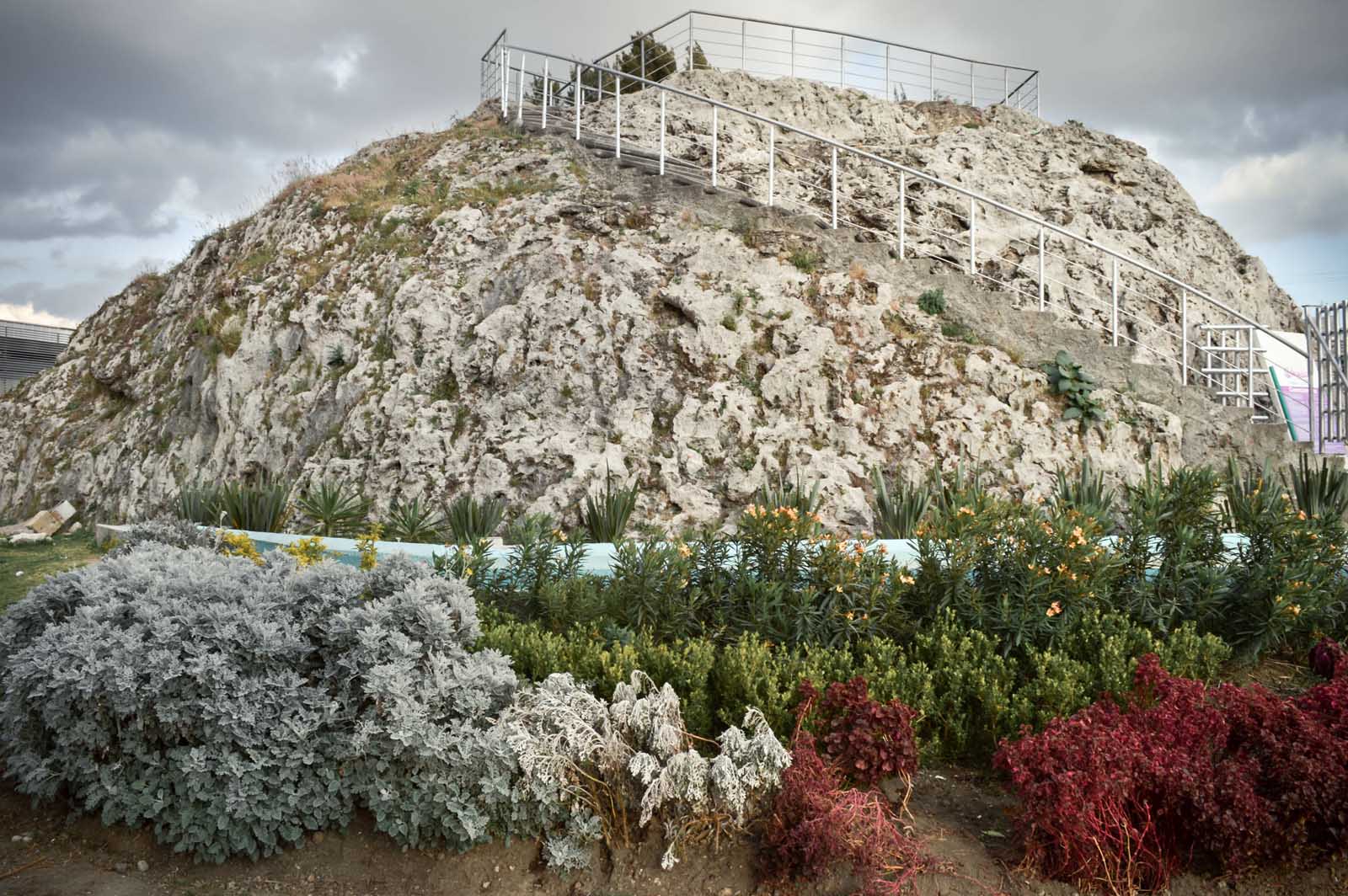

Located just outside Puebla, you’ll find the smallest volcano in the world, Cuexcomate Volcano. Standing only 13 meters (43 feet) tall, with a base diameter of about 23 meters (75 feet), it resembles a small hill. Often referred to as a “volcano” due to its unique appearance, it is actually a dormant geyser or volcanic vent.
Cuexcomate is part of local folklore. One legend tells that it was created when the devil attempted to destroy Puebla with a large rock, only to be thwarted by the Virgin Mary, who transformed the rock into a small volcano.
Its conical shape, complete with a crater at the top, is covered in grass and vegetation, making it a charming sight.
4. World’s Largest Pyramid is in Mexico
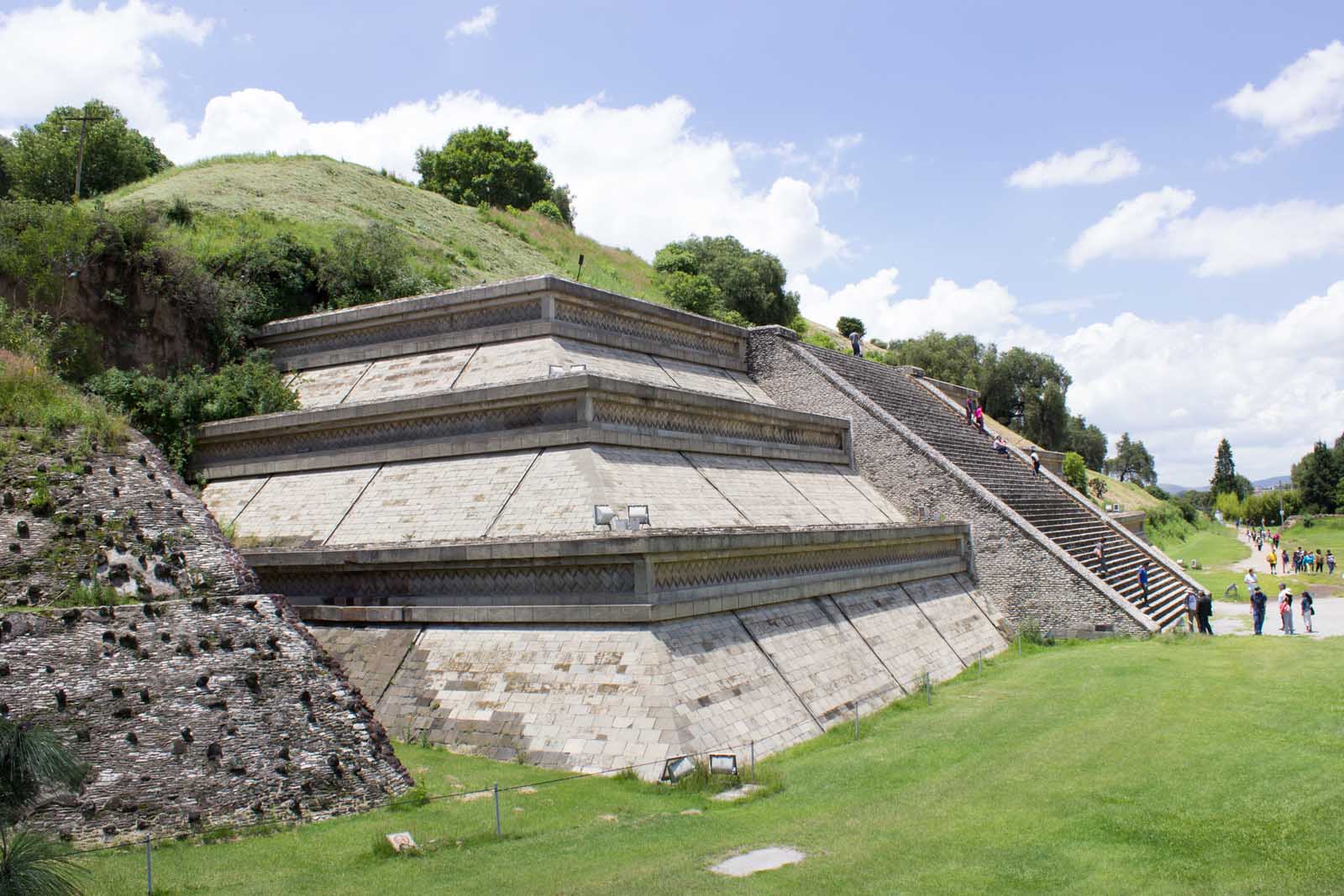

Mexico is home to not only the smallest volcano but also the world’s largest pyramid. The Great Pyramid of Cholula (Pirámide Tepanapa) in Cholula, Puebla, is often mistaken for a hill due to its vegetation, and is sometimes referred to as the “Great Pyramid of Cholula” or “Tlachihualtepetl,” meaning “artificial mountain” in Nahuatl.
This pyramid has the greatest volume of any in the world, surpassing even the Great Pyramid of Giza in Egypt. Encompassing 45 acres, it rises to a height of 55 meters (180 feet). Built in the 3rd century BCE by the Olmec-Xicalanca civilization and expanded by the Maya and Aztecs, it took centuries to complete.
5. It Has Animals Big and Small


Home to the largest wildcat in North America, the jaguar can often be spotted near the Mayan ruins or in the lush jungles of Mexico.
In contrast, Mexico is also the birthplace of the smallest dog breed, the Chihuahua, named after the state of Chihuahua in northern Mexico.
6. U.S. Citizens Make Up the Largest Immigration Group in Mexico
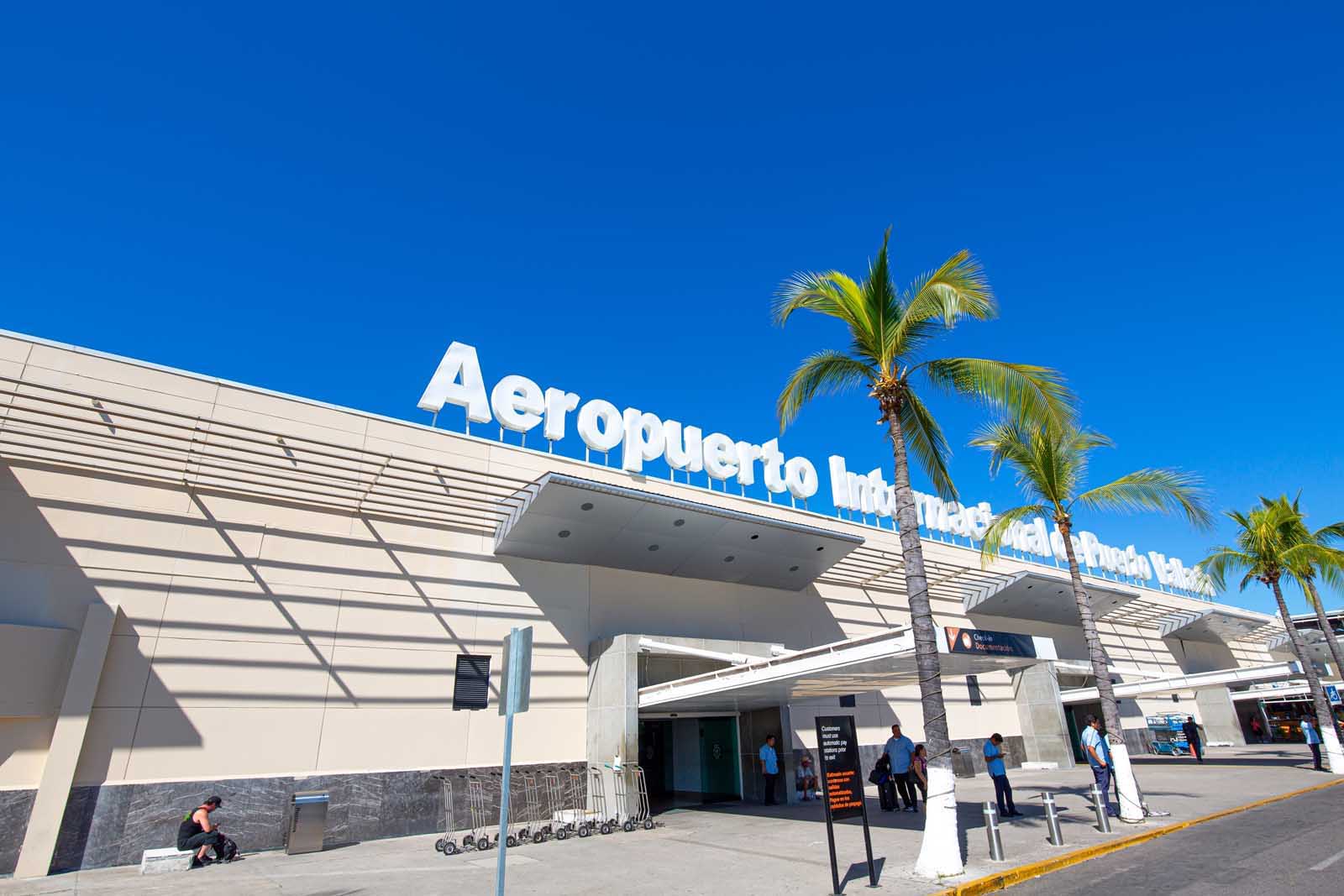

Surprisingly, the largest foreign-born population in Mexico consists of U.S. citizens, with more Americans relocating to Mexico than the other way around.
Many Americans discover that authentic Mexican cuisine differs markedly from what they encounter in the United States. While Mexican food in the U.S. is often categorized as Tex-Mex, true Mexican dishes do not typically feature Chipotle-style burritos filled with rice, which are seldom seen outside the northern regions of the country.
Additionally, authentic Mexican food tends to be less spicy than many American interpretations, with an emphasis on freshness and acidity, often highlighted by the use of lime.
7. We Can Thank Mexico For Chocolate
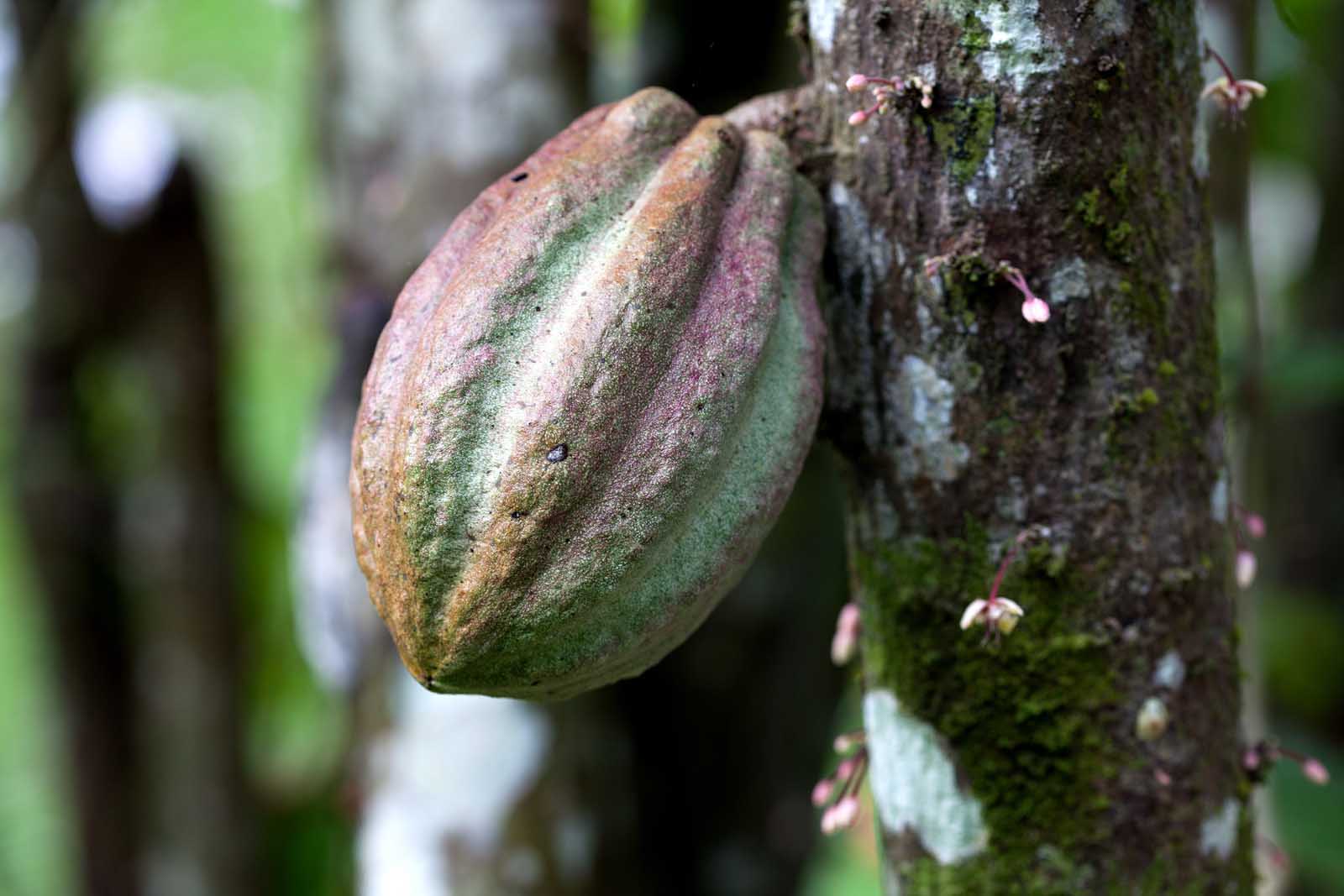

Chocolate traces its origins to Mexico and Mesoamerica. The ancient Mesoamericans, particularly the Aztecs and Mayans, were the first to cultivate cacao—the source of chocolate—for food and ceremonial purposes. Mexico played a pivotal role in introducing chocolate to the Western world, significantly impacting culinary culture.
Cacao beans were highly prized, serving as currency and trade items. They were also used to prepare a bitter, frothy drink often flavored with spices and chili peppers. Although this cacao drink originated in Mesoamerica, Europeans later sweetened it, leading to the creation of chocolate bars, truffles, and other delightful confections we enjoy today.
8. We Can Also Thank Them for Avocados and the Tasty Tomato
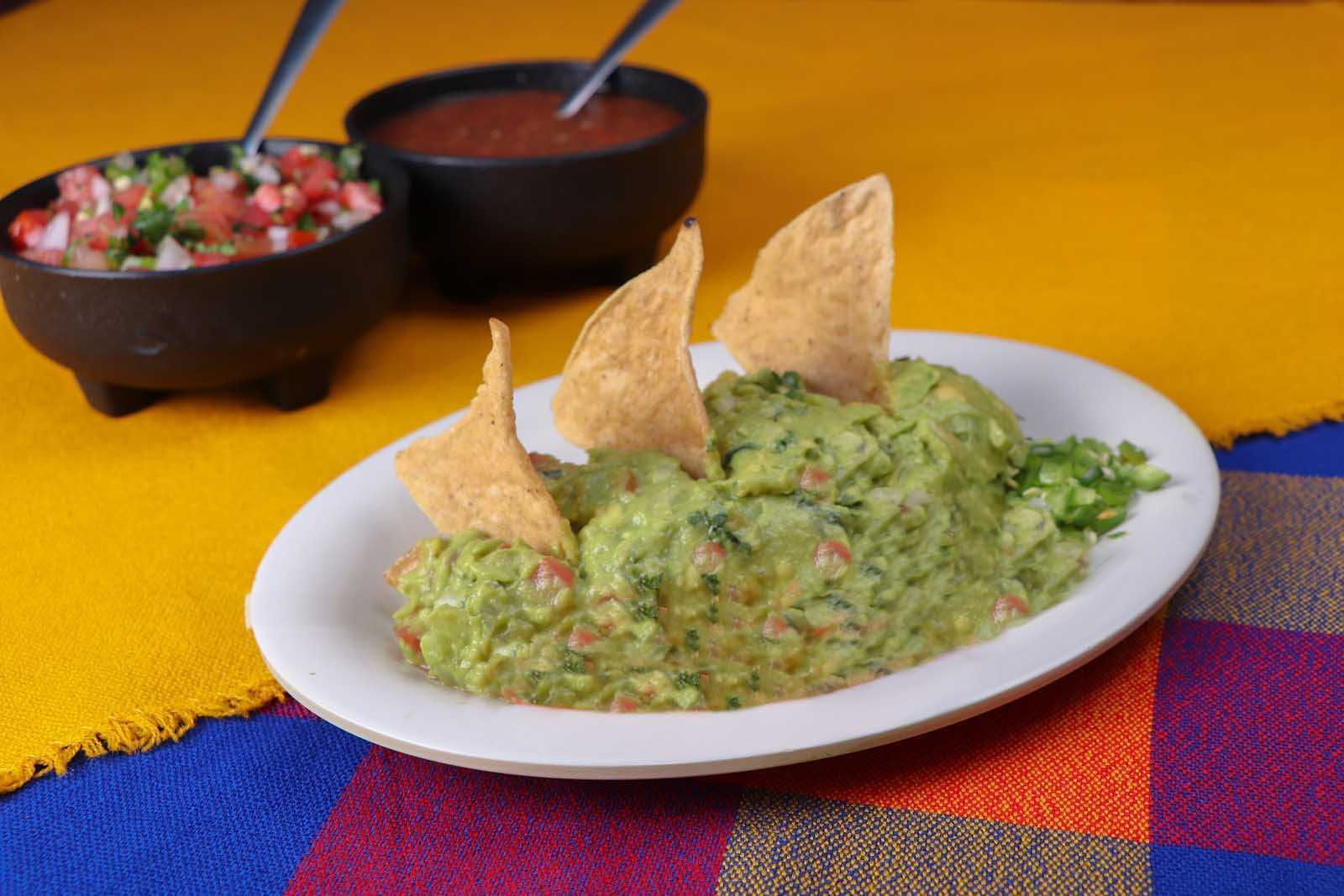

Avocados: Avocados (Persea americana) are native to south-central Mexico, dating back thousands of years. The Aztecs and other indigenous groups were among the first to cultivate avocados. The term “avocado” derives from the Aztec Nahuatl word “ahuacatl.” Today, avocados are beloved worldwide for their creamy texture and numerous health benefits.
Tomatoes: Tomatoes (Solanum lycopersicum) also originated in Mexico. Indigenous peoples, including the Aztecs, cultivated and consumed tomatoes long before they made their way to the global stage. Spanish explorers introduced tomatoes to Europe in the early 16th century, leading to their prevalence in various cuisines. The tomato plant belongs to the nightshade family and produces numerous varieties, ranging from cherry tomatoes to beefsteak.
Both avocados and tomatoes are staples in global cuisine, commonly used in dishes like guacamole and salsa.
9. Mexico City Is Sinking
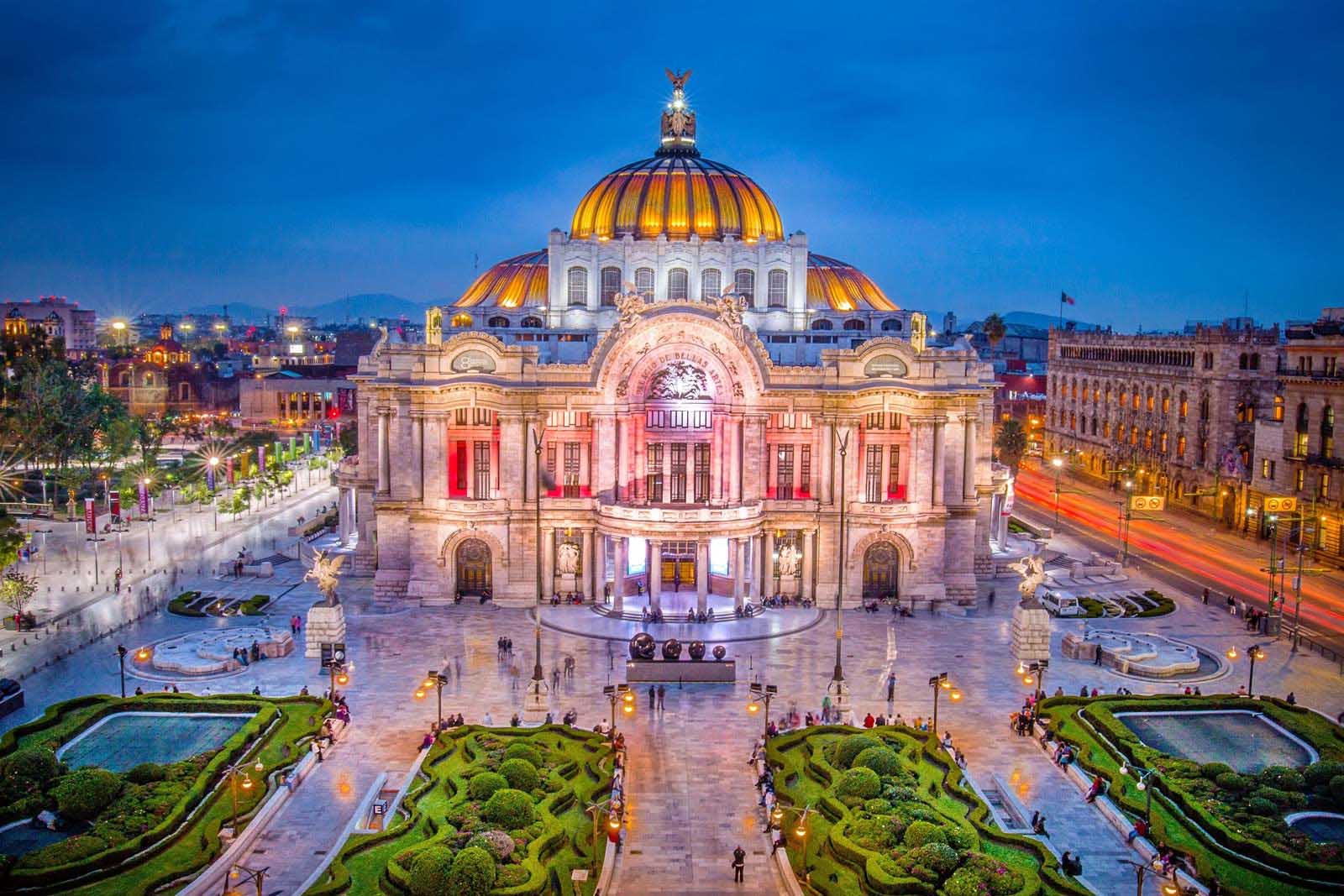

Mexico City is literally sinking each year. As the oldest city in North America and located at the highest elevation, it sits above the ruins of Tenochtitlán, an ancient lake city. Read more: 10 Best Things to Do in Mexico City for an Epic Trip.
Tenochtitlán, the Aztec capital, was famous for its intricate system of canals and dikes designed to prevent flooding. However, when the Spanish arrived, they drained the lakebed instead of preserving these flood control systems.
With a growing population, more water is pumped out of the aquifers beneath the city, leading to a sinking rate of about 6 to 8 inches annually.
10. Cinco de Mayo Is Not Celebrated in Mexico
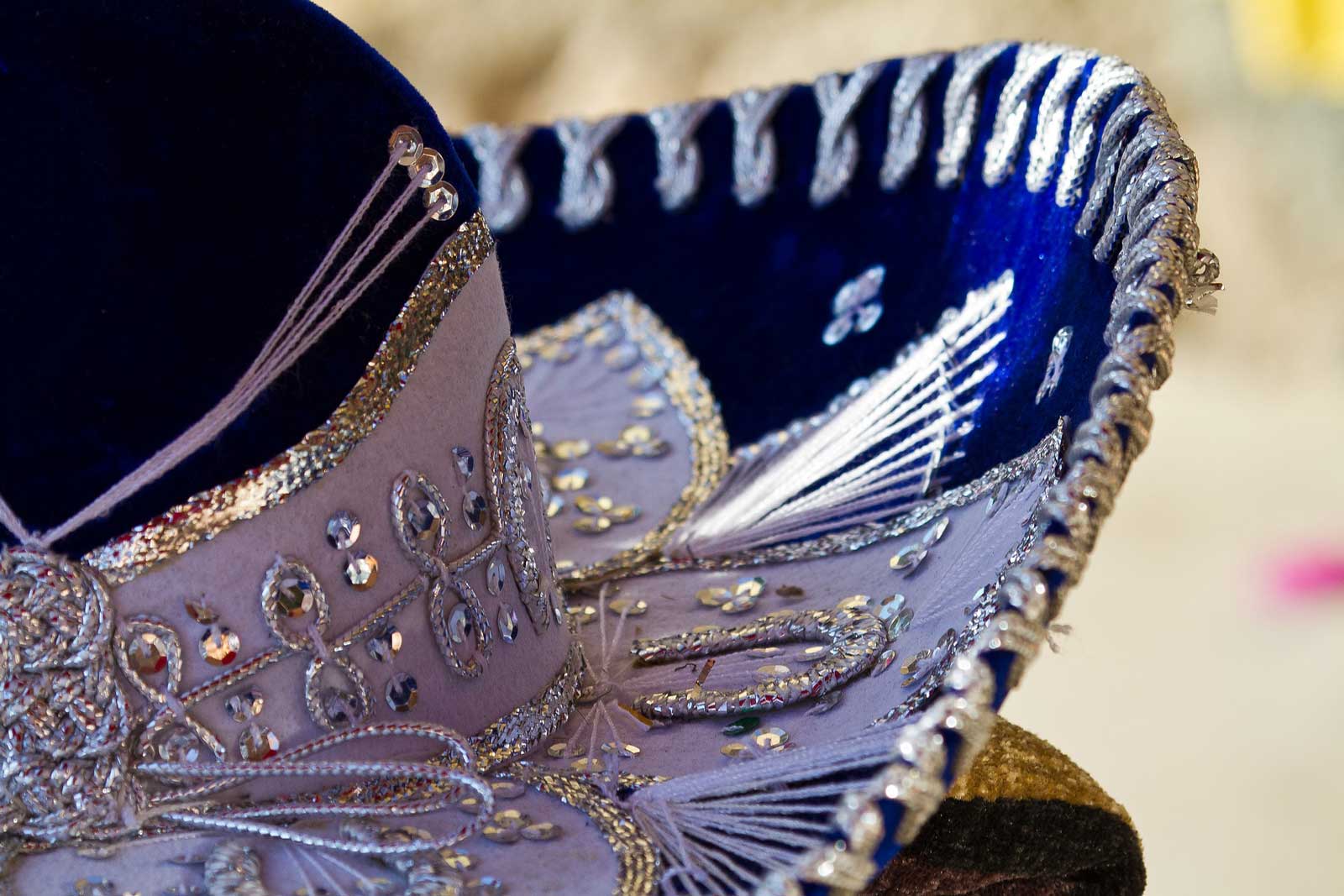

Cinco de Mayo is often mistaken for Mexico’s Independence Day, which is actually celebrated on September 16th. Mexico declared independence on September 27th, 1821, but the war for independence began earlier, on September 16th, 1810. Thus, Mexico’s Independence Day is celebrated on September 16th.
In the United States, Cinco de Mayo is widely recognized as a festive occasion. While Mexican immigrants often celebrate this day, it primarily commemorates the Battle of Puebla, which occurred in 1862. It is only the people of Puebla who celebrate this day in Mexico.
11. At Christmas, Mexican Children Do Not Receive Gifts
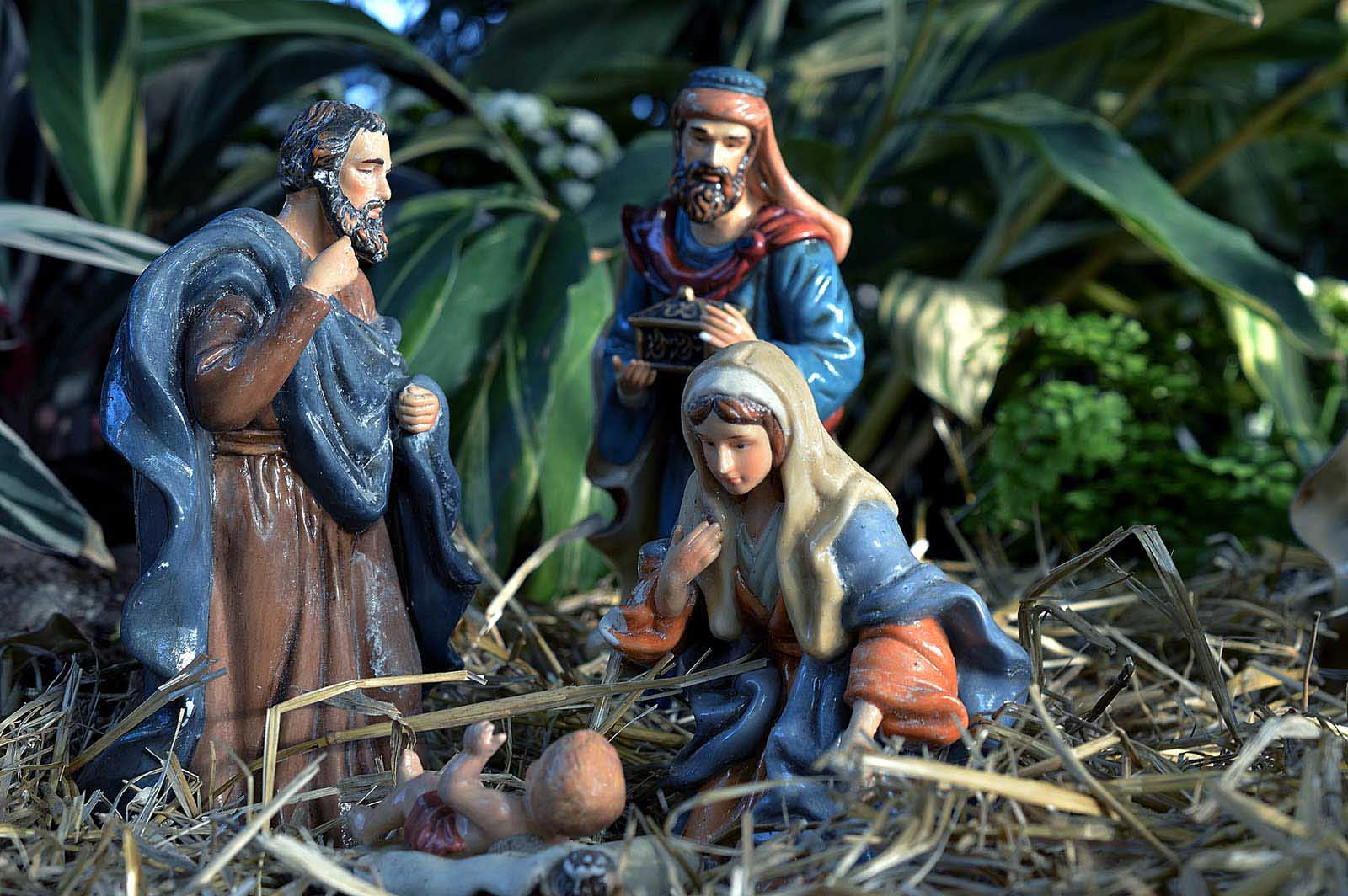

In Mexico, Christmas is not celebrated on December 25th; this day is known as “Nochebuena.” Rather than receiving gifts on this day, Mexican children eagerly await “Día de Reyes,” or “Three Kings’ Day,” which is observed on January 6th. This tradition is deeply rooted in Mexican culture and has significant religious and historical implications.
Nochebuena is a day for family gatherings and festive meals, including the nativity scene featuring the baby Jesus. The exchange of gifts occurs on Día de Reyes, which commemorates the visit of the Three Wise Men (Tres Reyes Magos) to Jesus in Bethlehem. Gifts are left for children beneath their beds or in their shoes on the night of January 5th.
12. A Mexican Inventor Contributed to Developing the Color TV
Guillermo González Camarena was born on February 17, 1917, in Guadalajara, Mexico. In 1934, at just 17, he filed his first patent for a television system.
Camarena’s most significant achievement came in 1940 when he developed an early color TV system known as the “Trichromatic Sequential Field System.” This innovative system used rotating color wheels in both transmitter and receiver to produce color images, for which he obtained patents in both Mexico and the United States.
In that same year, Camarena successfully transmitted the first color TV signal in Mexico, marking a historic milestone for color television technology that garnered international recognition.
13. It’s Not a Third-World Country
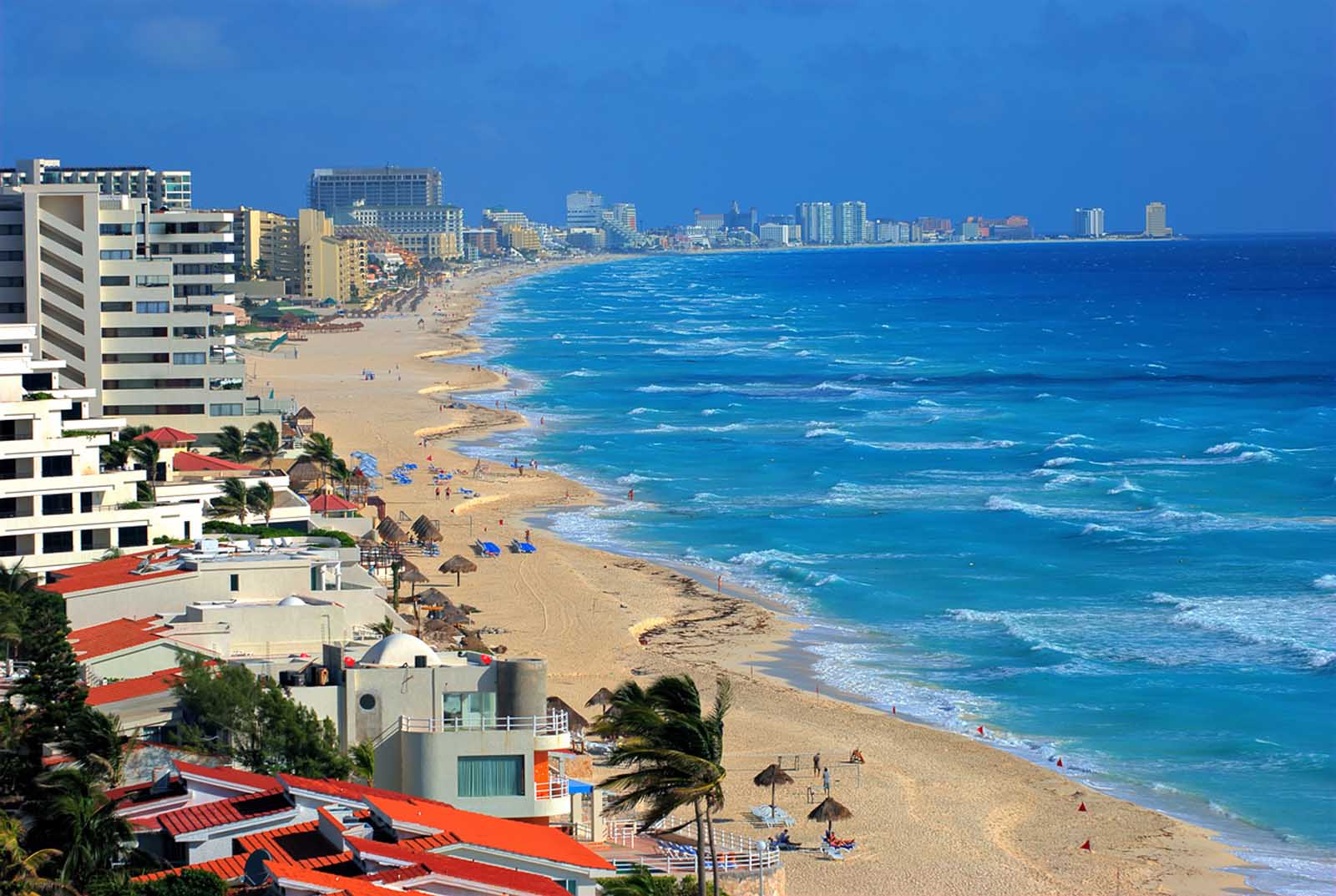

The term “third world” emerged during the Cold War, categorizing countries based on their geopolitical alignments. Those aligned with the United States were considered “first world,” while those aligned with the Soviet Union were termed “second world.” Countries that did not align with either side fell into the “third world” category.
Although this term remains in use, it now often refers to poverty, while the original geopolitical distinctions are largely forgotten. Although the wealth gap in Mexico is significant, the country is not classified as poor, thanks to its GDP per capita. It boasts a variety of attractions comparable to those found in developed nations.
14. Mexico Differs From Latin America in Many Ways
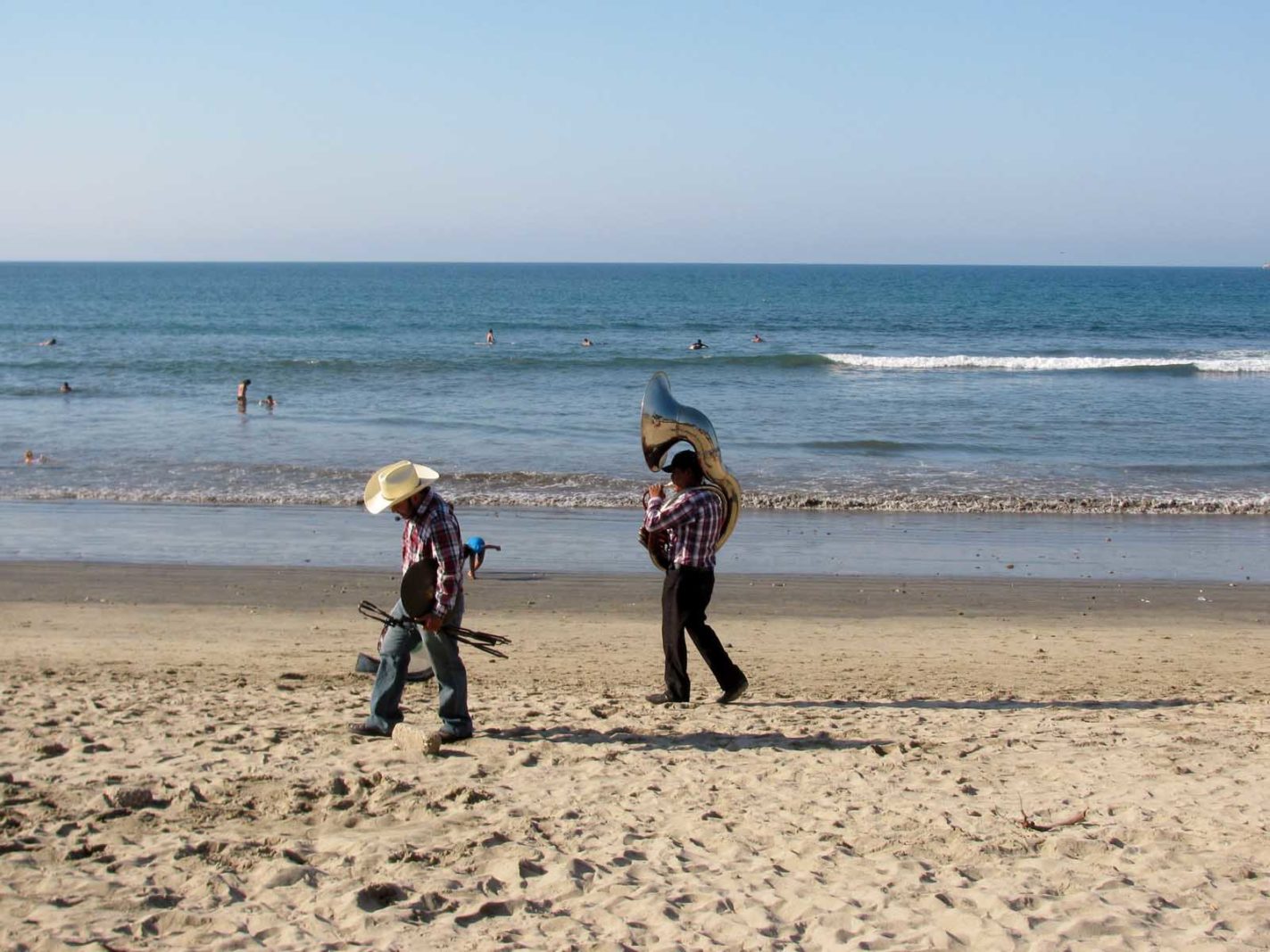

Mexico’s culture and language set it apart from Latin America. For instance, geographically, Mexico is part of North America. Additionally, the Spanish spoken in Mexico includes unique slang, giving it a distinctive flavor compared to other Spanish-speaking countries.
If you have ever studied Spanish in school, you’re likely aware of the variations in the language across regions. Moreover, both countries share a similar practice regarding toilet paper. In Mexico, like in parts of Latin America, used toilet paper is typically disposed of in the trash instead of being flushed down the toilet. Coastal areas in Mexico tend to be stricter about this practice.
15. Mexico Has the Oldest University in North America
When considering prestigious universities in North America, Harvard often springs to mind. However, the oldest university on the continent is the National Autonomous University of Mexico (UNAM), located in Mexico City. Established in 1551, it predates Harvard’s founding by 85 years.
16. Mexico Has Some Odd Foods
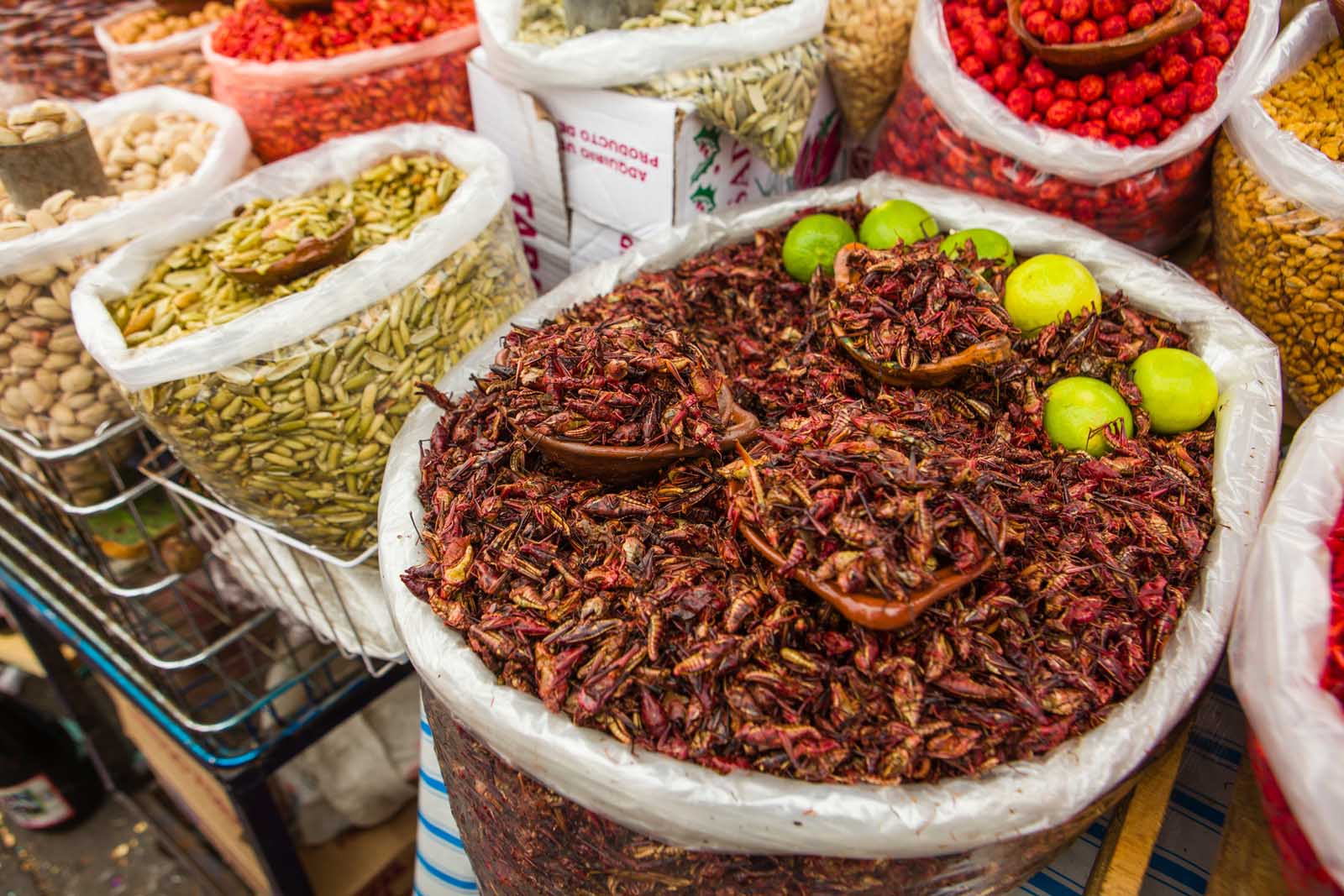

Food enthusiasts often visit Mexico to indulge in authentic Mexican cuisine. Adventurous eaters might encounter items like grasshoppers, scorpions, and spiders at local markets, which some may find off-putting, but many people enjoy these delicacies due to their flavor. This culinary practice highlights the cultural openness of the Mexican people.
If you can overcome the initial discomfort of consuming insects, you’ll discover flavorful treats that are high in protein and completely organic. Edible insects have been a part of traditional Mexican diets for centuries, assisting the Aztecs in their nutrition.
17. It Has Foods We Know and Love As Well


From enchiladas to tacos, Mexican cuisine is one of the most recognizable and beloved around the globe. The national dish of Mexico, Mole (pronounced “moh-lay”), is a rich, flavorful sauce used to enhance a variety of meats, including chicken and turkey. Made from a blend of dried chiles (such as ancho, pasilla, and mulato), spices (like cinnamon, cumin, and cloves), garlic, onions, tomatoes, and sometimes fruits (like plantains or raisins) and nuts (such as almonds or peanuts), mole is a culinary treasure.
18. Mexico is Regularly Listed as One of the Most Popular Tourist Destinations


Mexico is a sought-after tourist destination, frequently ranking among the top 10 most visited countries worldwide. According to the World Tourism Organization, Mexico currently holds the position of the 6th most visited country. Its allure lies in its picturesque beaches, UNESCO World Heritage Sites, ancient ruins, and vibrant cities.
19. Facts About the Mexican Flag
The Mexican flag is one of the three National Symbols of Mexico, featuring three vertical stripes of equal width. The flag’s colors, from left to right, are green, white, and red (“Verde,” “Blanco,” and “Rojo”). It was first adopted on February 24, 1821.
In the center of the white stripe lies Mexico’s national emblem, known as the “Mexican Coat of Arms” or “Escudo Nacional,” depicting an eagle perched on a cactus devouring a snake. This emblem reflects the legendary founding of Tenochtitlán, the ancient Aztec capital that later became Mexico City. The symbols within the emblem invite further exploration of this unique civilization and its mythology.
Each color of the Mexican flag carries distinct meaning: green represents hope and independence, white symbolizes purity and religion, while red signifies the blood shed by those who fought for Mexico’s independence.
Record-Breaking Flag: In 2010, Mexico achieved a Guinness World Record for the largest flag ever flown, measuring 2,011 meters in length, displayed in celebration of the country’s bicentennial.
20. Mexico Is One of the Cradles of Civilization
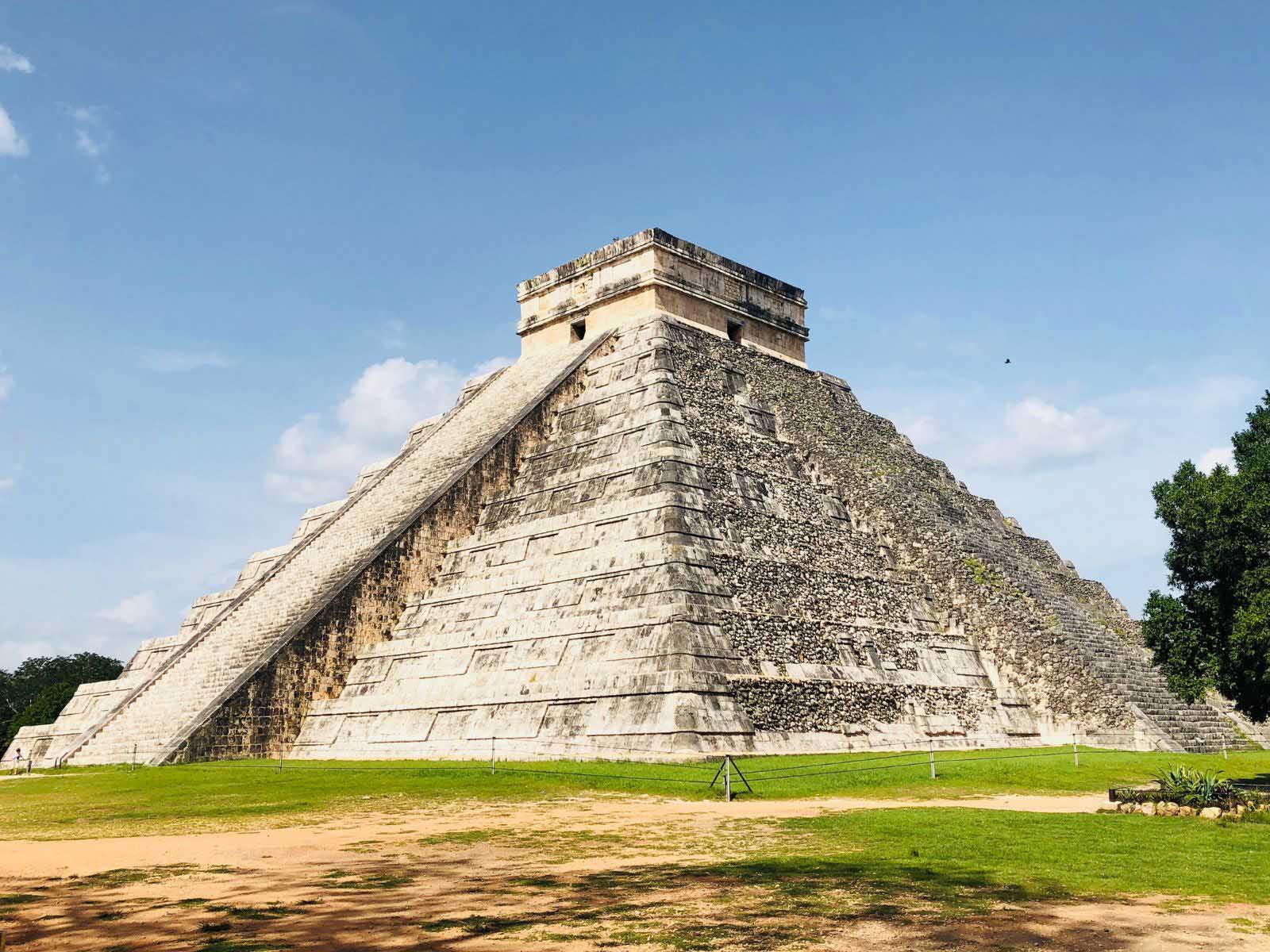

Mexico’s history stretches back to between 8000 and 12000 BC, featuring civilizations such as the Mayans and Aztecs. However, the lesser-known Toltec civilization, a pre-Columbian Mesoamerican society, greatly influenced ancient Mexico.
The Toltecs established an organized society with a hierarchy that included a king, nobility, priests, and commoners. They had a structured city-state ruled by a king and supported by a warrior class.
The reasons behind the Toltec civilization’s decline remain a mystery; some theories suggest internal conflict, environmental factors, or external invasions. By the 12th century, Tula was abandoned, and the Toltec civilization faded. Yet, they left an enduring cultural and artistic legacy for the Mesoamerican civilizations that followed, particularly the Aztecs.
21. The Spanish Ruled Mexico for 300 Years
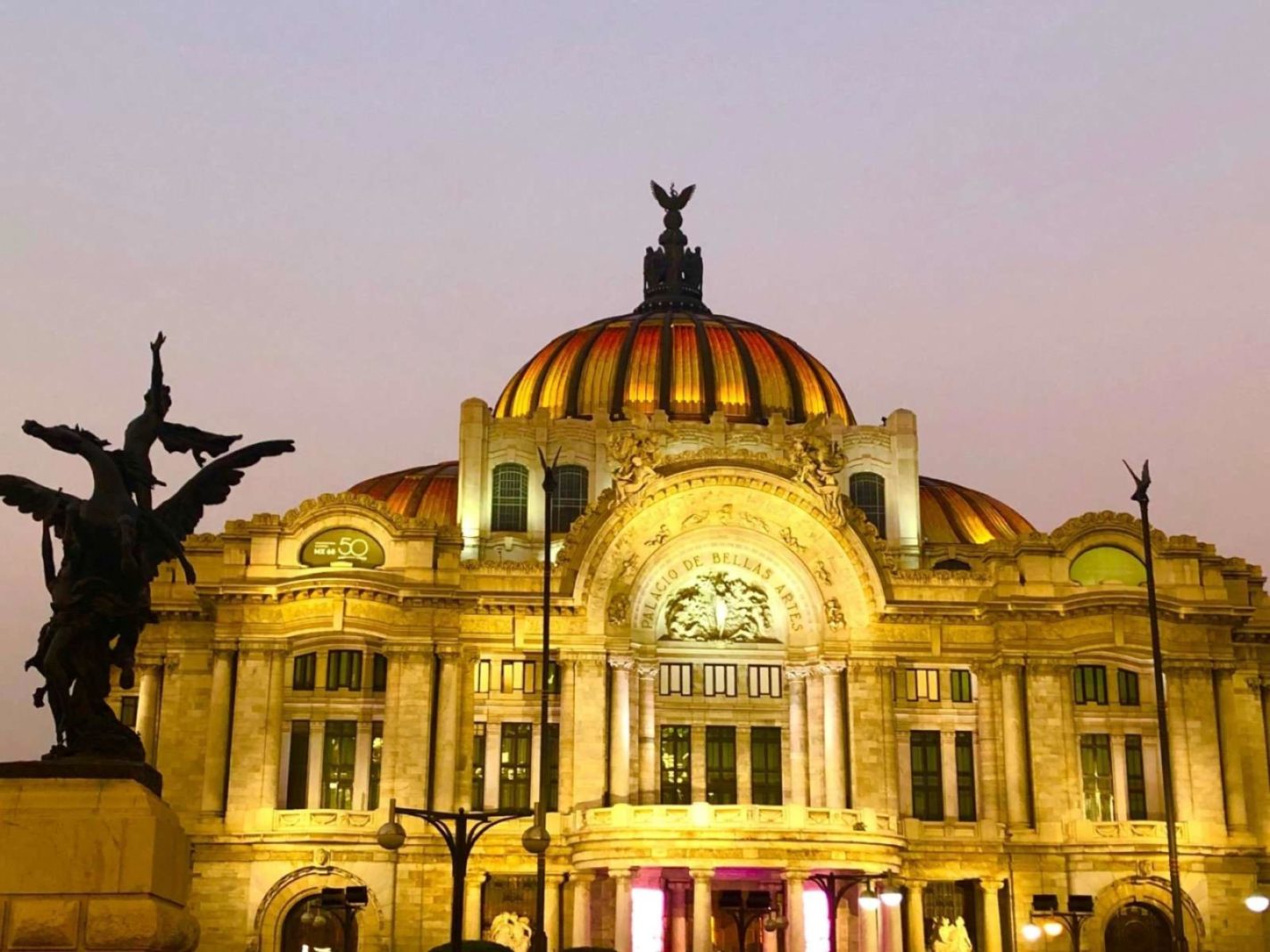

The Spanish colonial rule over Mexico, referred to as New Spain, spanned nearly 300 years from the 16th century to the 19th century. Hernán Cortés’s arrival in Mexico in 1519 marked the beginning of this colonial period after he defeated the Aztec Empire under Moctezuma II.
The Royal and Pontifical University, established in 1551, is the oldest university in North and Central America, sharing a storied history similar to that of Harvard.
New Spain was officially formed as a viceroyalty of Spain in 1535, with its capital located in Mexico City (formerly Tenochtitlan). The viceroyalty encompassed parts of present-day Mexico, Central America, and the southwestern United States.
Mexico achieved independence from Spain on September 27, 1821, following the Mexican War of Independence. Agustín de Iturbide became Mexico’s first emperor, but the nation swiftly transitioned into a republic.
Fun Facts About Mexico That Will Make You Want to Take a Trip!
Although Mexico is often celebrated for its stunning beaches and breathtaking vistas, it offers much more beyond these attractions.
For those interested in rich history, ancient architecture, and incredible food, Mexico is a must-visit destination. The country’s culture is a vibrant tapestry woven from the traditions of its indigenous peoples, offering a unique and colorful heritage. Don’t limit yourself to just a day on the beach; immerse yourself in the diverse experiences that Mexico has to offer!



